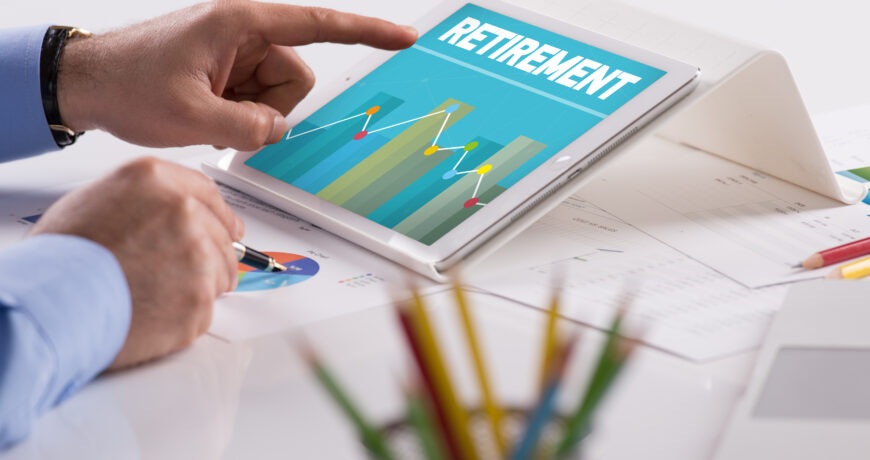
Retirement Planning: The Impact of Inflation and Interest Rates
Retirement planning is so much more than putting your money into a 401(k). With so few people spending the time they need on sitting down and planning their retirement, each day brings a new challenge or concern to the table. We are facing unprecedented times when it comes to traditional retirement plans. Retirements are being robbed because of financial risks that cause retirees to run out of money before they run out of retirement. And one of the biggest challenges is planning for inflation and interest rates. Inflation refers to the increase in prices of goods and services over time, while interest rates are the cost of borrowing money or the return on lending money. These two factors are closely related, and they can have a significant impact on retirement planning.
Inflation and Retirement Planning
Inflation is a key factor that can affect retirement planning. As prices of goods and services rise over time, the value of money decreases. This means that the amount of money you save today may not be enough to cover your expenses in the future. For example, if you save $100,000 today and expect to retire in 30 years, assuming an inflation rate of 2%, the purchasing power of that $100,000 would be equivalent to approximately $54,000 in today’s dollars.
To account for inflation, it is important to adjust your retirement savings goals to ensure that you will have enough money to cover your expenses in the future. This means that you may need to save more money than you initially planned. One strategy to combat inflation is to invest in assets that tend to increase in value over time, such as stocks or real estate.
Interest Rates and Retirement Planning
Interest rates are another important factor to consider when planning for retirement. Higher interest rates generally mean that your savings will grow faster, while lower interest rates can make it more difficult to reach your retirement savings goals. For example, if you invest $10,000 today in a savings account with a 1% interest rate, in 30 years, your investment would grow to approximately $13,400. However, if the interest rate was 3%, your investment would grow to approximately $24,000.
In addition to savings accounts, interest rates can also impact other types of retirement investments, such as bonds or annuities. In a low interest rate environment, these investments may not provide enough return to keep up with inflation. Therefore, it is important to consider the current interest rate environment when selecting investments for your retirement portfolio.
The Relationship Between Inflation and Interest Rates
Inflation and interest rates are closely related, and changes in one can impact the other. As mentioned earlier, inflation tends to lead to higher interest rates. This is because lenders need to charge a higher interest rate to compensate for the loss of value of the money they are lending. Conversely, if inflation is low, interest rates may also be low, as lenders do not need to charge as much to compensate for inflation.
When planning for retirement, it is important to consider the relationship between inflation and interest rates. If you are investing in assets that are sensitive to interest rates, such as bonds, you may need to adjust your investment strategy if interest rates rise or fall. Additionally, you may need to adjust your retirement savings goals if inflation is higher than expected.


